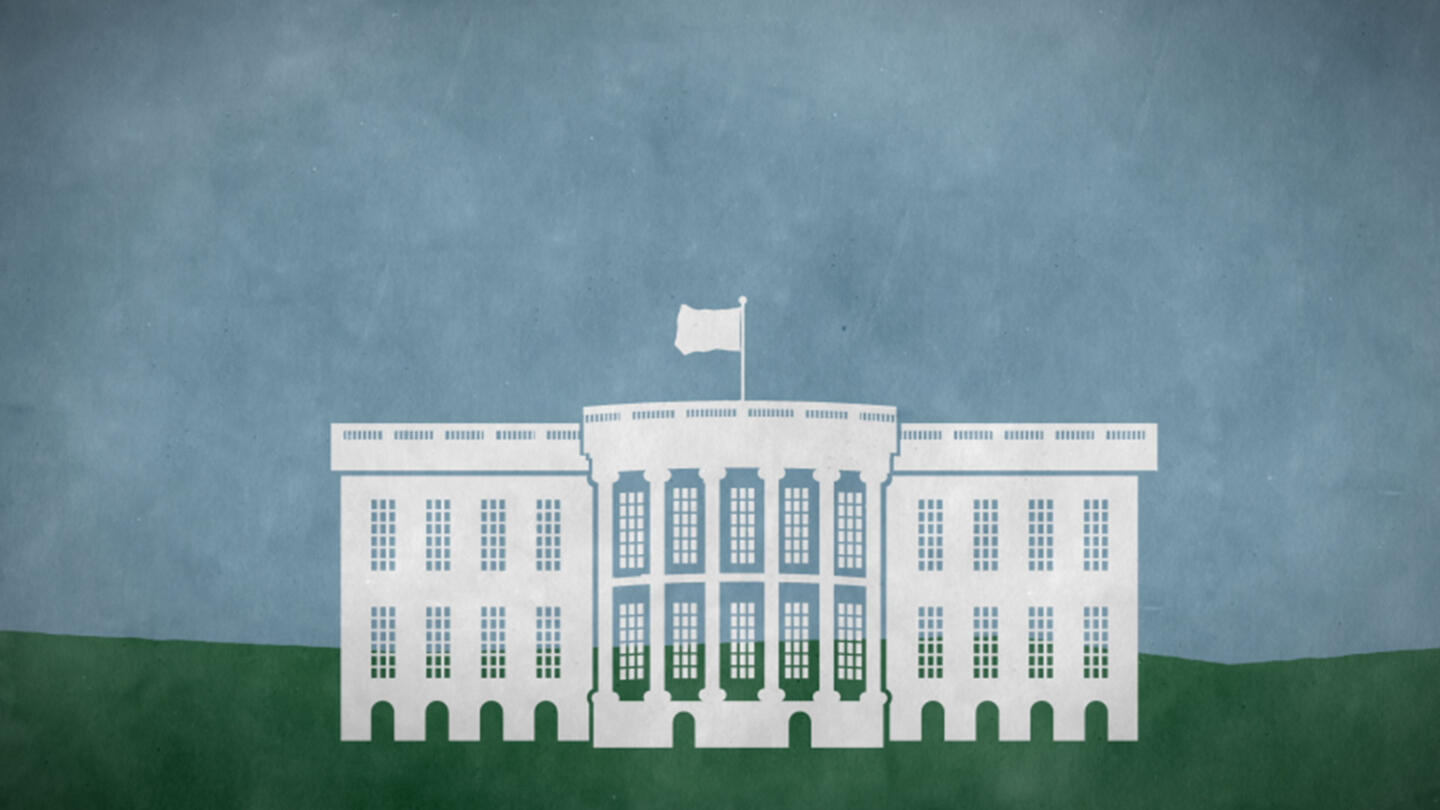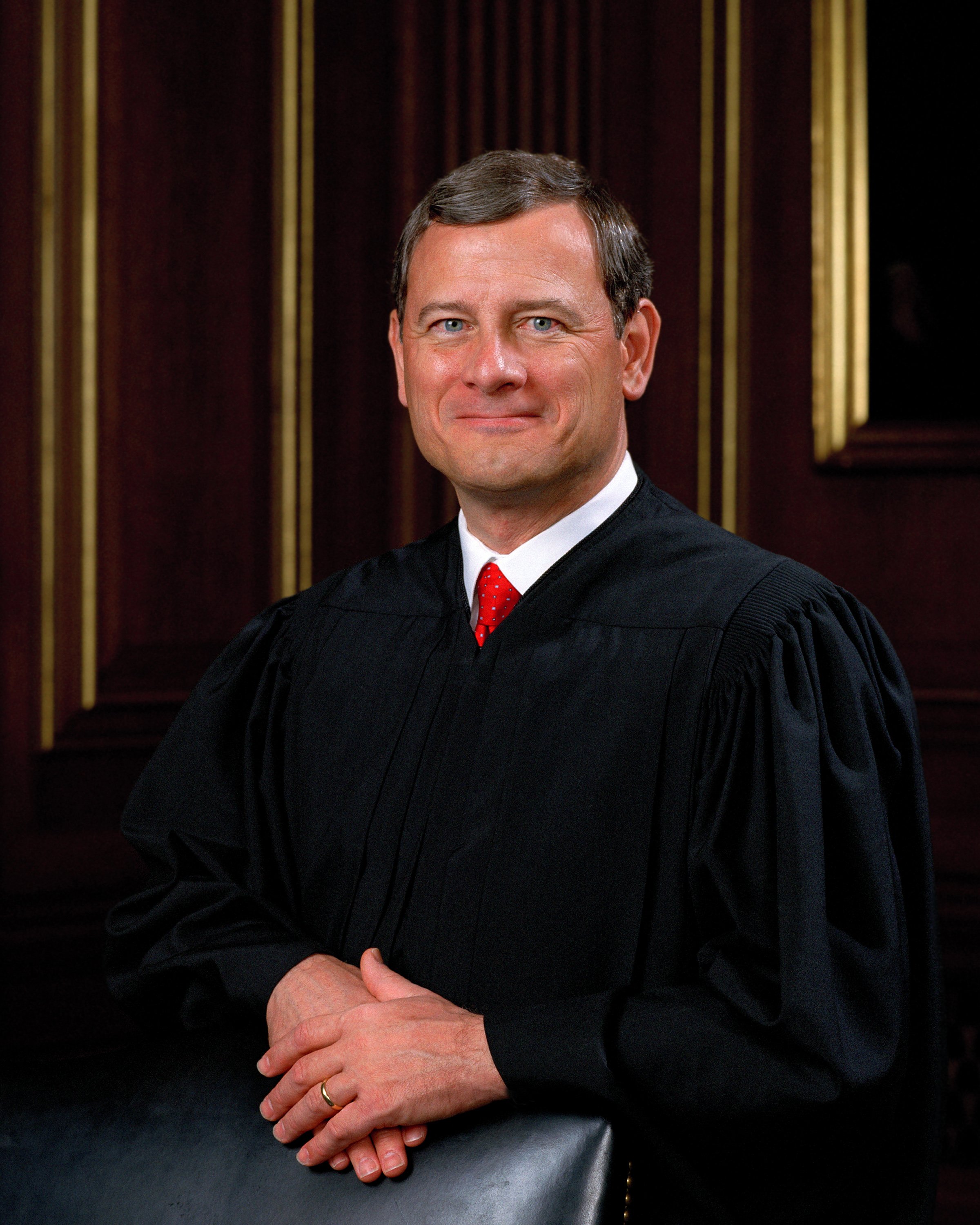A common topic learned in grade school is the three branches of government. Embarrassingly enough, it has been years since I have had to properly think about the branches and the roles that they play within the United States government. Today's post will focus on the Supreme Court (which is part of the judicial branch) and I will be referencing information from this article.
 |
Overview
The United States Supreme Court is the head of the judicial branch and is the highest federal court in the nation. The Supreme Court was established by the constitution and has the ability to check the power of the legislative and executive branches. The ultimate job of the court is to make sure that laws in the United States are constitutional.
Early Days
In 1789, Article Three of the United States Constitution established the Supreme Court. Congress had the power to decide how the court would be organized and this led to George Washington signing the Judiciary Act of 1789. This act stated that the court would be made up of six justices who would serve for life or until they retired. The court used its early days to sort out how it would be organized and they did not have their first case until 1791.
Justices
The executive branch has the power to appoint Supreme Court justices. The president nominates them and it is up to the U.S. Senate to confirm them. The first chief justice was John Jay. The chief justice presides over the Supreme Court and sets the agenda for meetings. Amongst many other responsibilities, the chief justice also presides over trials of impeachment. Currently, there are nine seats on the Supreme Court which is a change from the original six. Today, the chief justice is John Roberts Jr. and the associate justices are Clarence Thomas, Ruth Bader Ginsburg, Stephen G. Breyer, Samuel A. Alito, Sonia Sotomayer, Elena Kagan, Neil M. Gorsuch and Brett M. Kavanaugh.
Notable Justices
There have been so many justices on the Supreme Court that are remembered in history for their significant contributions. Below, I have listed just a few of them.
John Marshall: This chief justice is remembered for setting the precedent of judicial review in the case of Marbury v. Madison in 1803. Marshall was the fourth chief justice and served the longest term of any chief justice in history.
Charles Evans Hughes: This chief justice was in charge when the court transitioned from being the protector of property rights to the protector of civil liberties in the 1930s.
Earl Warren: This chief justice issued these landmark decisions:
Brown v. Board of Education- Banned school segregation
Miranda v. Arizona- Put Miranda rights in place
Loving v. Virginia- Abolished interracial marriage prohibitions
William Howard Taft- He was the only person to serve as chief justice and president.
Final Thoughts
It is important to note that even though the Supreme Court has made some very influential decisions, not all of them have been good choices. For example, in the case of Dred Scott v. Sanford in 1857, the court denied citizenship to African American slaves. There are many other cases in the history of the United States that do not uphold traditional American values. It is important to judge every decision for yourself, instead of completely trusting every ruling of the court. The United States Supreme Court is an important part of the government and I am glad that after a few years, I have finally read up on it.







No comments:
Post a Comment